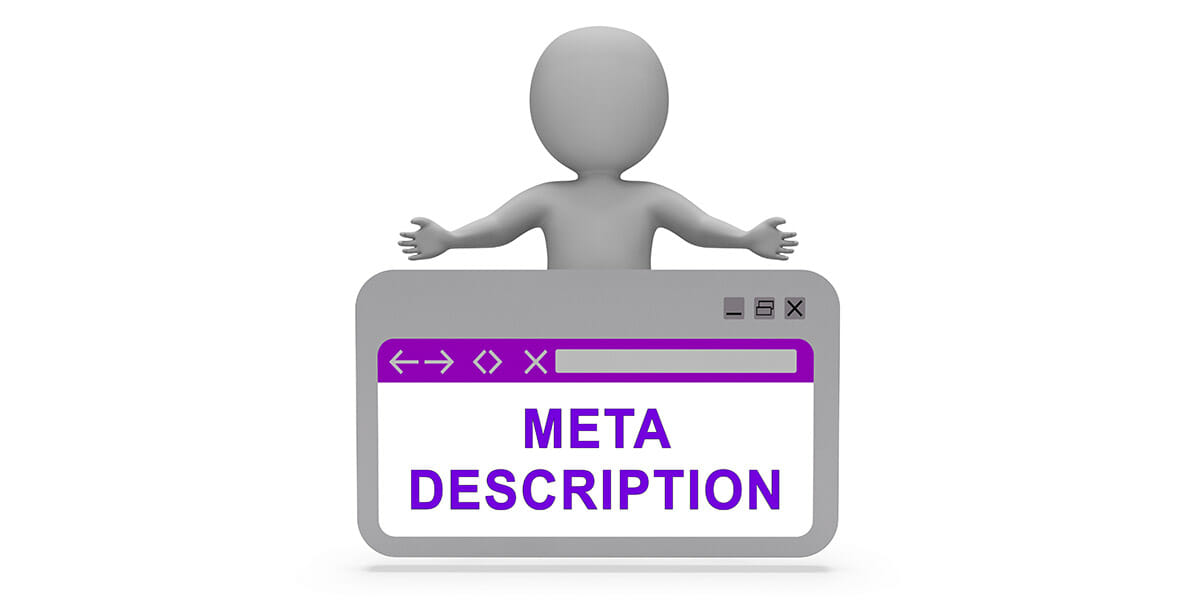A meta description is an HTML element that summarizes the content on a specific page. Meta data isn’t as important for SEO as it once was, but that doesn’t mean it should be overlooked. Meta descriptions are valuable for users and the search engines because they tell them what type of information can be found on a page.
Why are Meta Descriptions Important?
There are a few reasons why you should still be using meta descriptions to optimize your content.
- Bolded keywords in the search results. When a person searches for a keyword or phrase, it’s bolded in the search results. If you use these keywords in your meta description, they will be bolded and more likely to jump out at the searcher.
- Social media networks use them. When you share a page on social media, most platforms pull the first sentence or two of the post in its description. Rather than letting this real estate go to waste, fill out your meta description so this is what people will see.
- Raise click-through rates. A strong meta description has the power to increase click-through rates. As users skim through the top few options, a strong meta description encourages them to click. With more clicks, you can raise your rankings.
How to Write Compelling Meta Descriptions
Now that you know how important meta descriptions are to your web pages, let’s talk about how you can write better ones. If this is what people see first in the search results, you should make the most of this territory. Below are a few tips for writing click-worthy meta descriptions.
- Use targeted keywords. Choose words and phrases that your audience is likely to use. This way, when someone searches for these keywords, they will be bolded in the search results. This lets people know that your content is relevant to their needs.
- Create unique meta descriptions for each page. It can be tempting, but avoid using the same meta description on all of your pages. Write something unique for each page.
- Add a sense of urgency. Use words that entice people to click, such as “find out now” or “start your journey today.” When people feel that information is limited, they are more likely to click.
- Show users value and appeal to their emotions. Use language that gives users a reason to click. Let them know that you understand how they feel and have something valuable to offer.
You can test your meta descriptions to see what leads to more click throughs. To do this, use your top-performing landing pages. Try various lengths of meta descriptions, phrasing of words and positioning of keywords to determine what works best for your audience. As you discover the patterns that are most effective, you can create even stronger meta descriptions.




